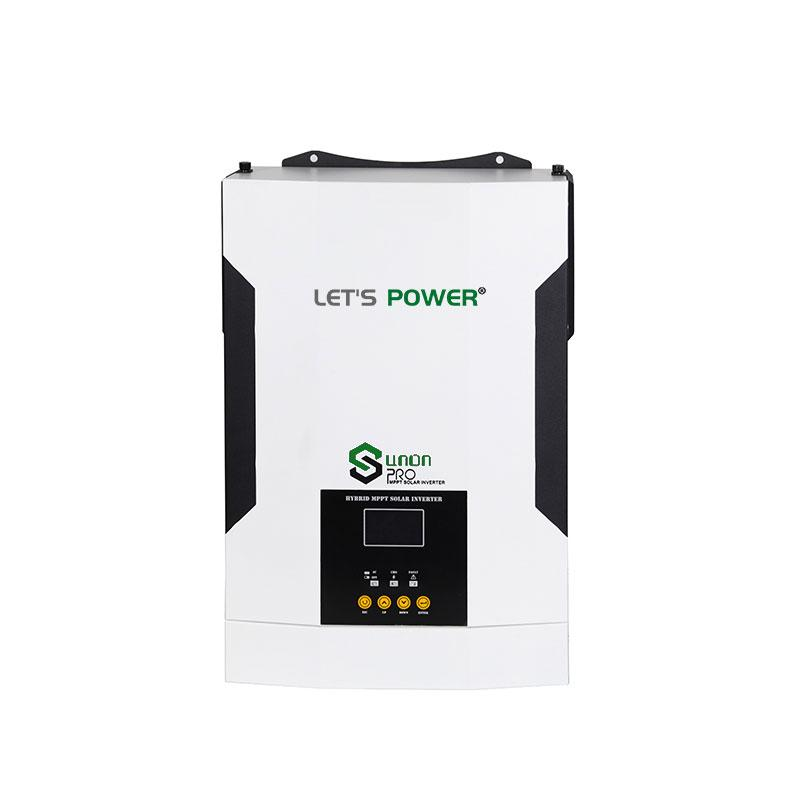Off-grid inverter
An off-grid inverter is not very different from an on-grid or grid-tied inverter. The only difference lies in their dependence on the utility grid. Apart from that, both inverters perform similar tasks.
An off-grid inverter bought from a solar company has no connection with the utility grid. The utility grid is the connection from where government or commercial businesses supply electricity to people.
An off grid inverter does not need any external electricity source. It can provide sufficient energy to the user without an external electricity source. Thus, an off grid inverter relies completely on sunlight or solar energy for operation.
Grid-tied inverter
Unlike an off-grid inverter, a grid-tied inverter depends on the utility grid. Thus, even though the inverter supplies solar energy, it also requires a backup or support from the utility grid.
In this type of inverter, the supply of solar energy and utility grid electricity are in sync. Thus, when the utility grid does not deliver sufficient electricity, the solar energy stored in the inverter is supplied. Similarly, when there is no solar energy available in the inverter, it supplies electricity from the utility grid.
The difference
Off-grid inverters are used in complex systems. Such systems consist of various parts and components. Some of the major components of an off-grid inverter system are a solar charge controller, battery bank, and an off-grid inverter. Some systems also have a DC disconnect and a backup generator. However, these components are optional in a system.
A grid-tied system on the other hand is relatively simple. Such systems do not have many components. Hence, they are less expensive than off-grid inverter systems.
A grid-tied system consists of a grid-tied inverter and a power meter. However, some grid-tied systems also have microinverters instead of a single grid-tied inverter.
Another difference between the two types of systems is in the use of excess energy. In summer when the grid-tied system produces an excess amount of solar energy, the energy is converted into electricity and supplied to the utility grid.
In a way, the excess energy is sold to the owner of the utility grid. In exchange for this excess energy, the owner of the grid-tied systems either gets electricity credits or money. Thus, the user can either use free electricity from the utility grid or they can take the money.
However, this does not happen in off-grid systems. Since there is no connection between the utility grid and the solar system, the excess energy is directly stored in solar batteries.
The user can use the energy stored in these batteries in times of need. Thus, on cloudy or rainy days, the user only has the energy stored in the battery. They cannot use electricity from the utility grid.
Let’s Power manufactures both off-grid as well as grid-tied inverters. One can check their online store through their official website and choose the best inverters for their solar systems.
Apart from solar inverters, the brand also manufactures other solar products like solar panels, solar batteries, solar lighting systems, etc. Let’s Power is like a one-stop shop for all solar products.

